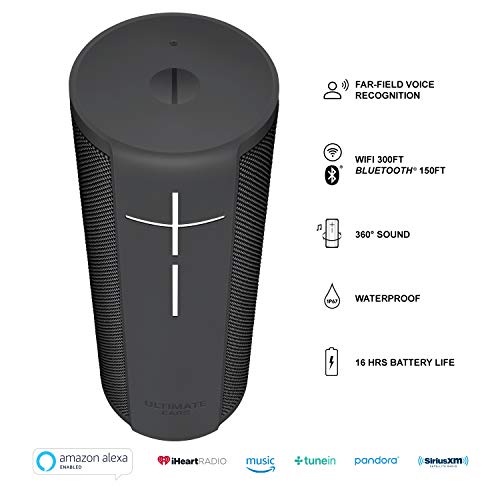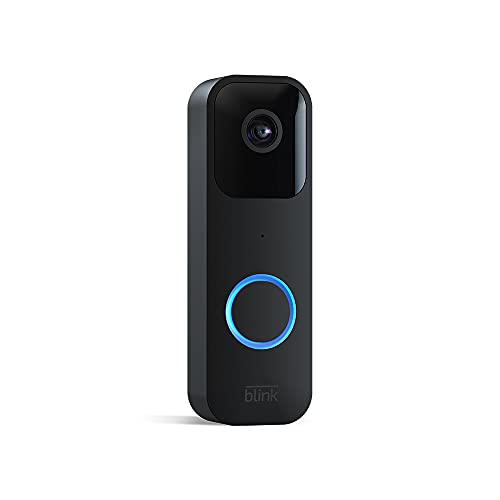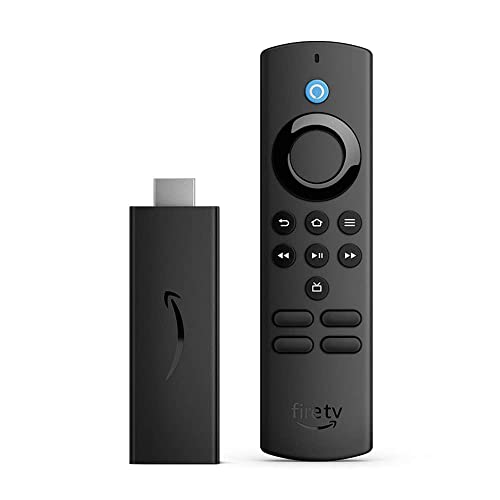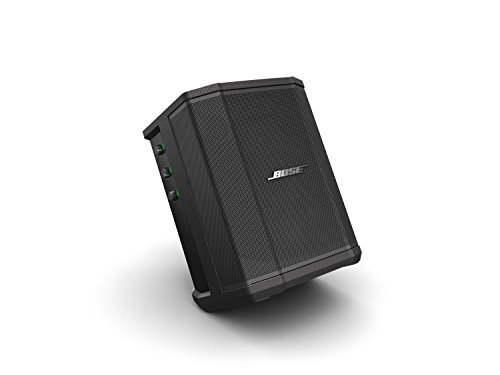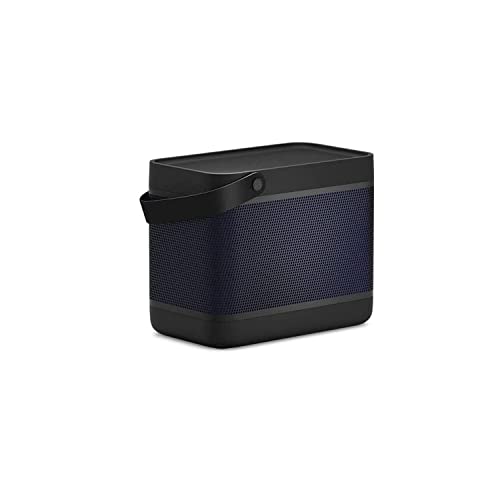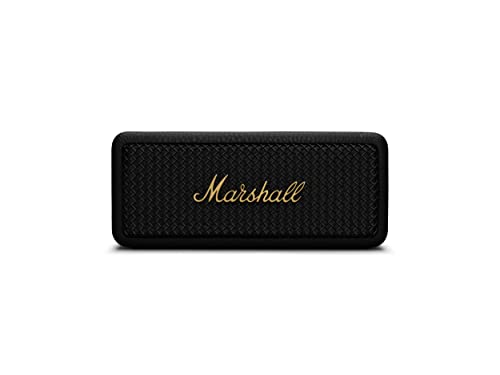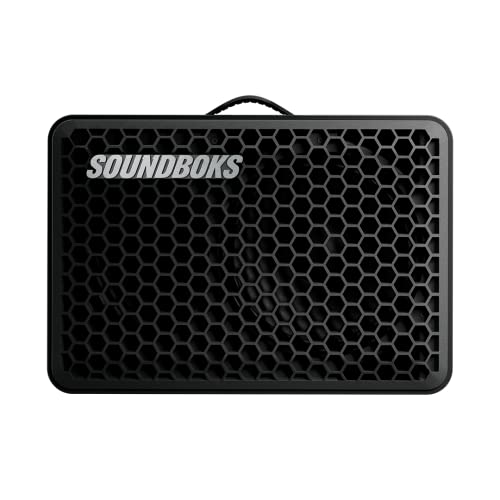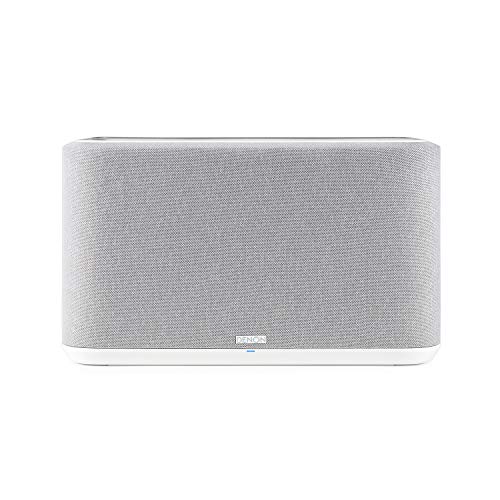What good is having the best speakers if you don’t know how to set them up? Whether you’re a musician, public speaker, or someone who enjoys howling into the void through a channel amplifier, learning how to wire speakers to an amp is a necessary skill. This is especially true if you’re experiencing white noise in your speakers–you’ll want to know how to troubleshoot this.
KEY TAKEAWAYS:
- Wiring speakers to an amp requires understanding the speaker wire’s positive and negative polarity.
- Connect the right speaker’s negative wire to the left speaker’s positive terminal to wire speakers in series.
- Double-check that your speakers are wired with correct polarity by listening to see if the sound quality seems off or if the bass levels are low.
Below, we’ll instruct you on which wire goes where. And if it leaves you wanting more, you can read another article on how to test speakers with a multimeter.
How to Connect Speakers to Amplifier Wires
Connecting to a stereo amplifier is a fundamental skill that anyone with a speaker and audio amplifier should have. Below we’ll show you how to set up a pair of speakers in series so that you can adequately design audio signals to fit your needs. And if you do this and realize that one of your speakers is bad, we have a resource covering speaker replacement.
Insider Tip
If you are working with bare speaker wire ends, make sure you twist the end, wrapping them tightly together, before inserting it into the terminal.
STEP 1
Identify your speaker wires and terminals. Each speaker with has a positive and a negative wire. A black wire often indicates the negative, and a red wire the positive.
STEP 2
Look at the back of your terminal and find the labels. There should be a minus (-) symbol for negative and a plus (+) symbol for positive.
STEP 3
Identify the left and right channels. There will be labels for two channels on the back of a one-channel stereo amp, one right and one left. Each will have two terminals, one positive and one negative.
STEP 4
Take the negative wire from the left speaker and connect it to the negative terminal of the left channel.
STEP 5
Take the positive wire from the left speaker and connect it to the negative connection in the right speaker. This wiring combines the two Ohm speaker’s impedances, making them in series. Learn what Ohms means in speakers if you’re not sure.
STEP 6
Take the positive wire of the right speaker and connect it to the positive speaker terminal in the left channel.
STEP 7
Test the connection and wire placement. Plugin the power source and see if the audio output comes through alright. If there is shallow bass or the audio source sounds thin, you most likely have created inverted polarity (put a negative wire in a positive terminal, or vice versa).
Warning
Wiring your speakers “out of phase” (negative to positive, positive to negative) can cause a significant loss in sound quality.
F.A.Q.S
What is parallel wiring?
Parallel connection wiring means that both speakers have their channel of electrical current, as opposed to series wiring, which connects the two currents into one. This wiring scheme provides greater speaker output.
What is “bridging” an amp?
This term means that two channels of a wired speaker amp share the load of one single speaker. As a result, this increases the power of the speaker.
What length and size of speaker wire do I need?
Wire size depends on both your budget and speaker wattage. However, 16 to 18-gauge speaker wire will do the trick for most setups.
STAT: Running speakers in series increases impedance, which decreases the flow of electrical current. (source)

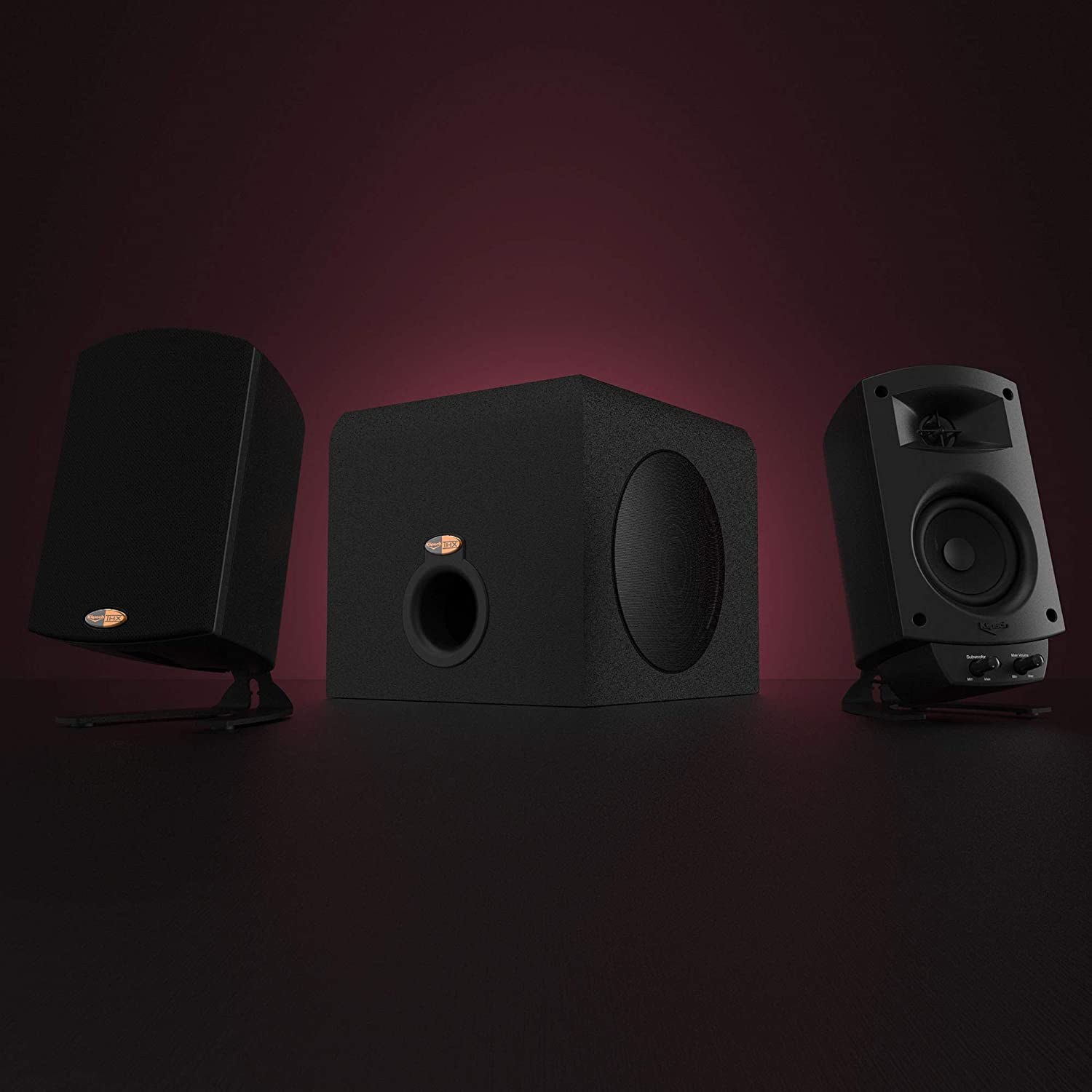













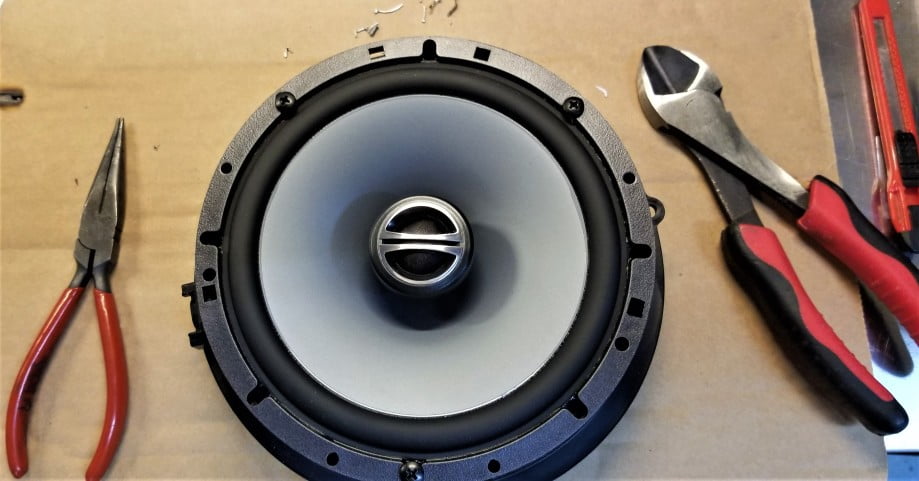
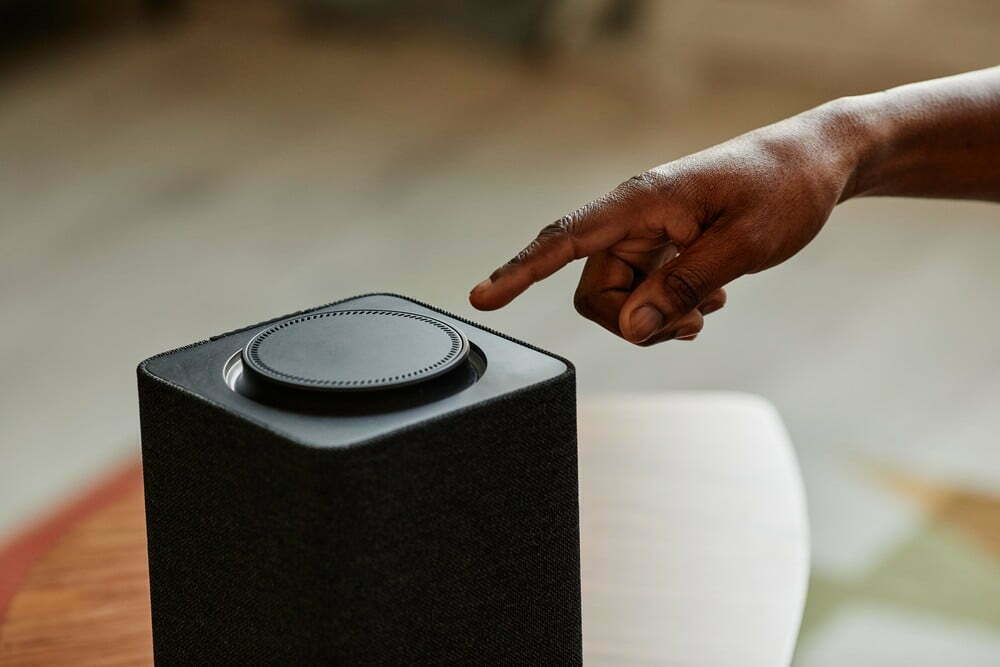
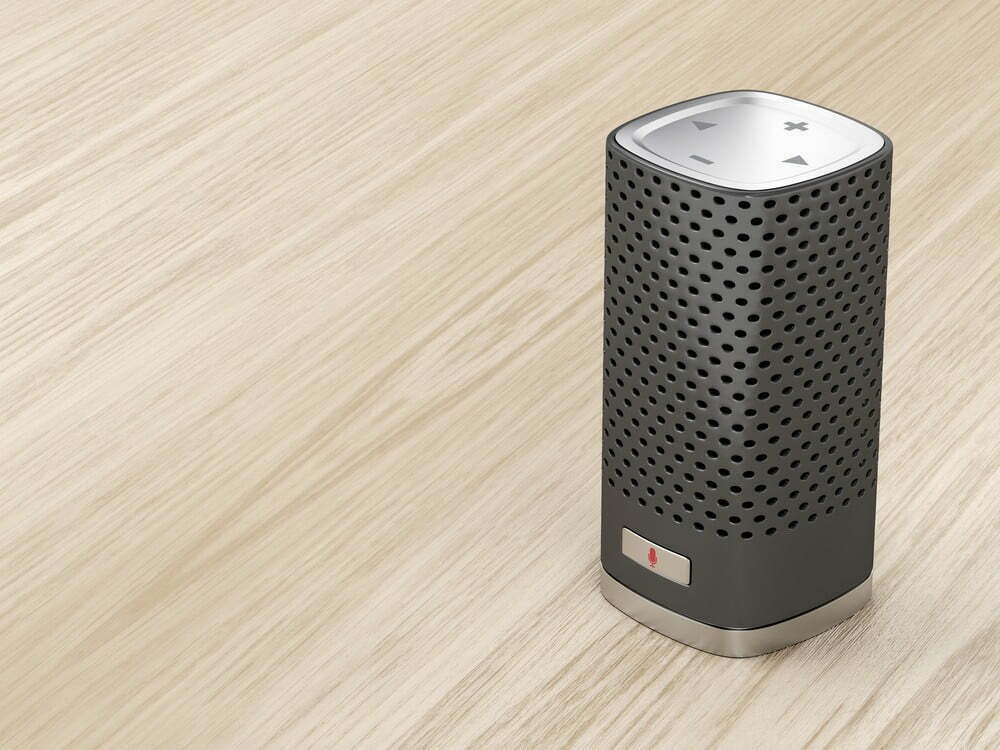
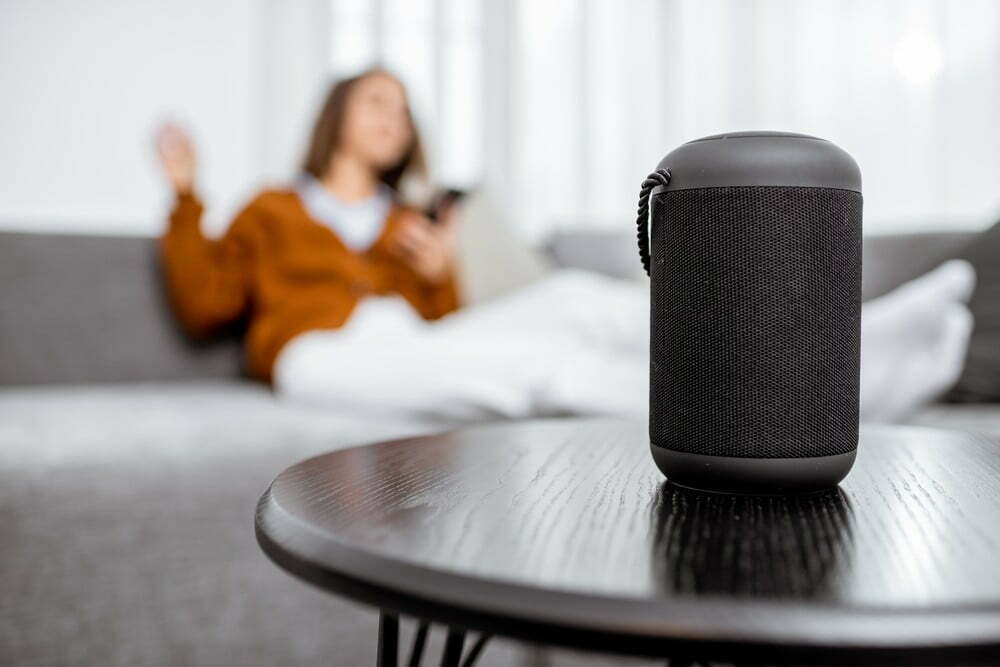

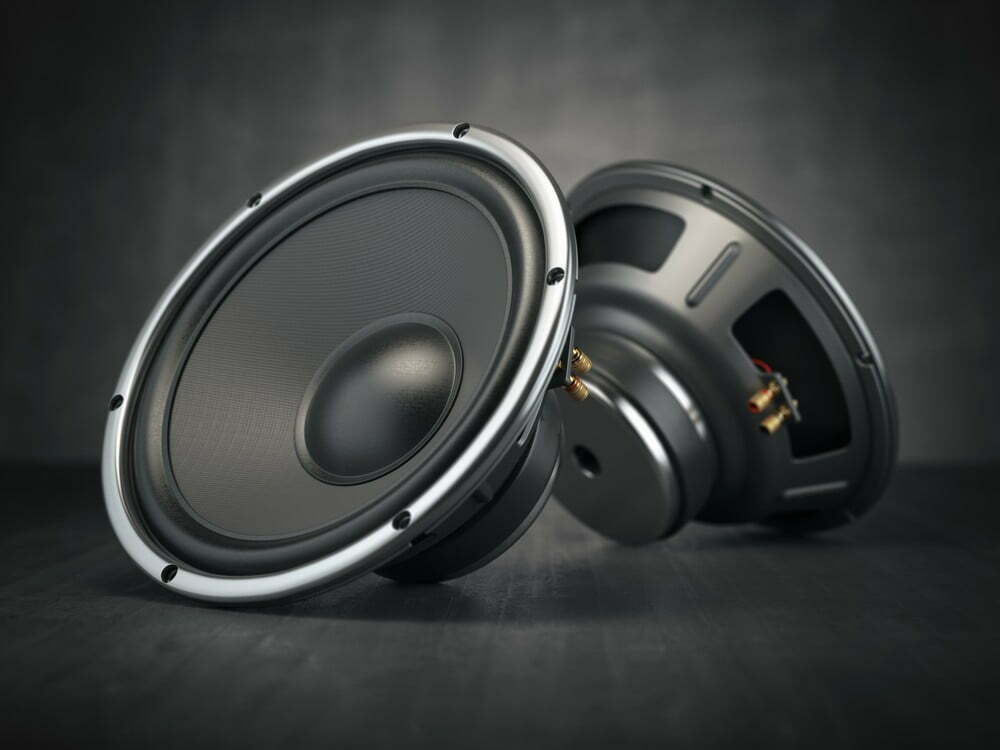
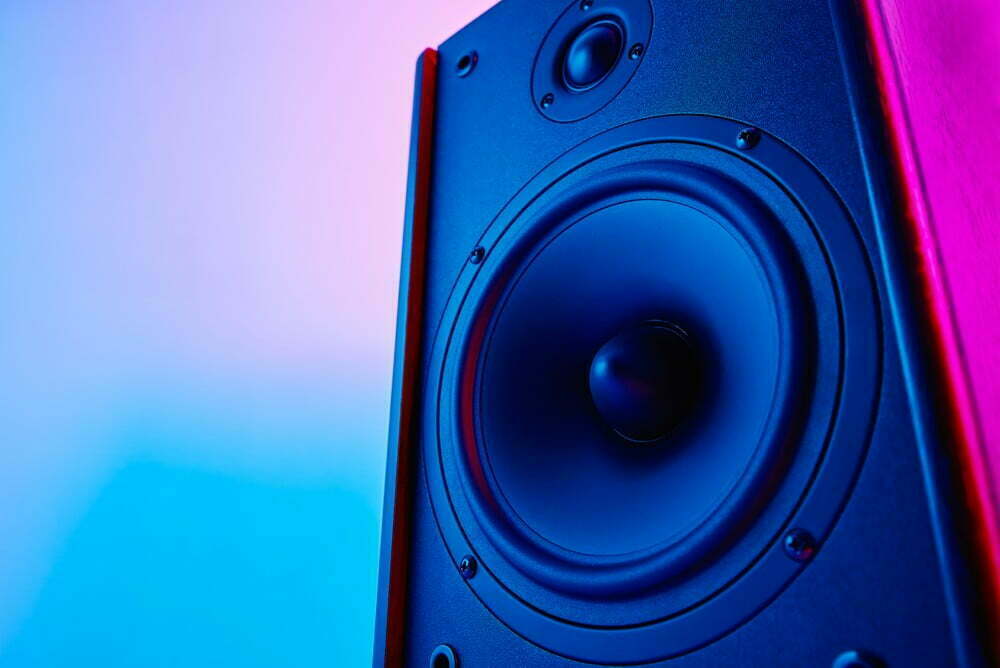
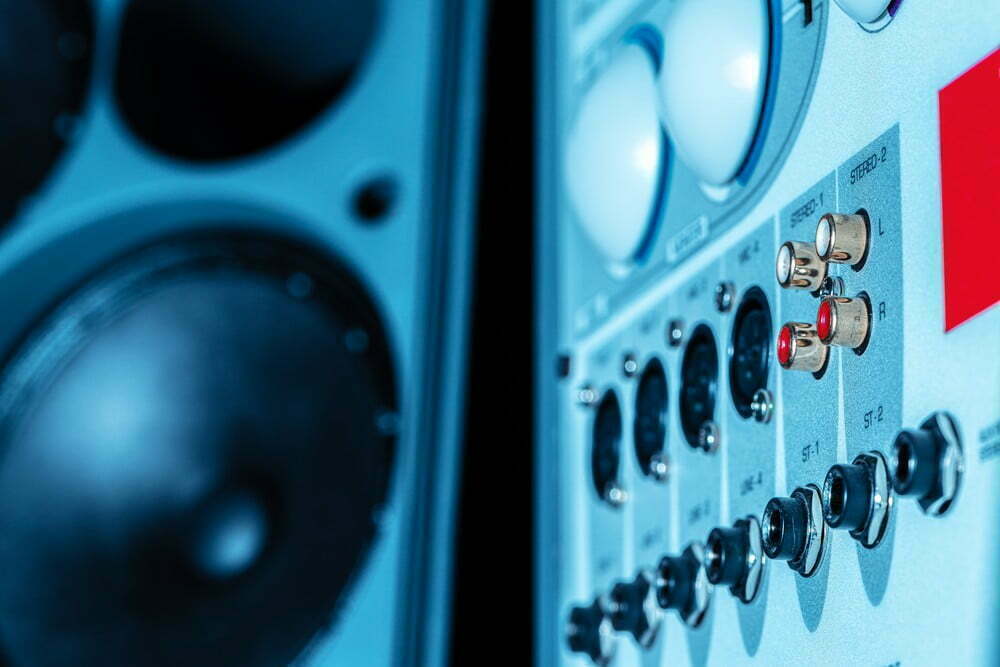
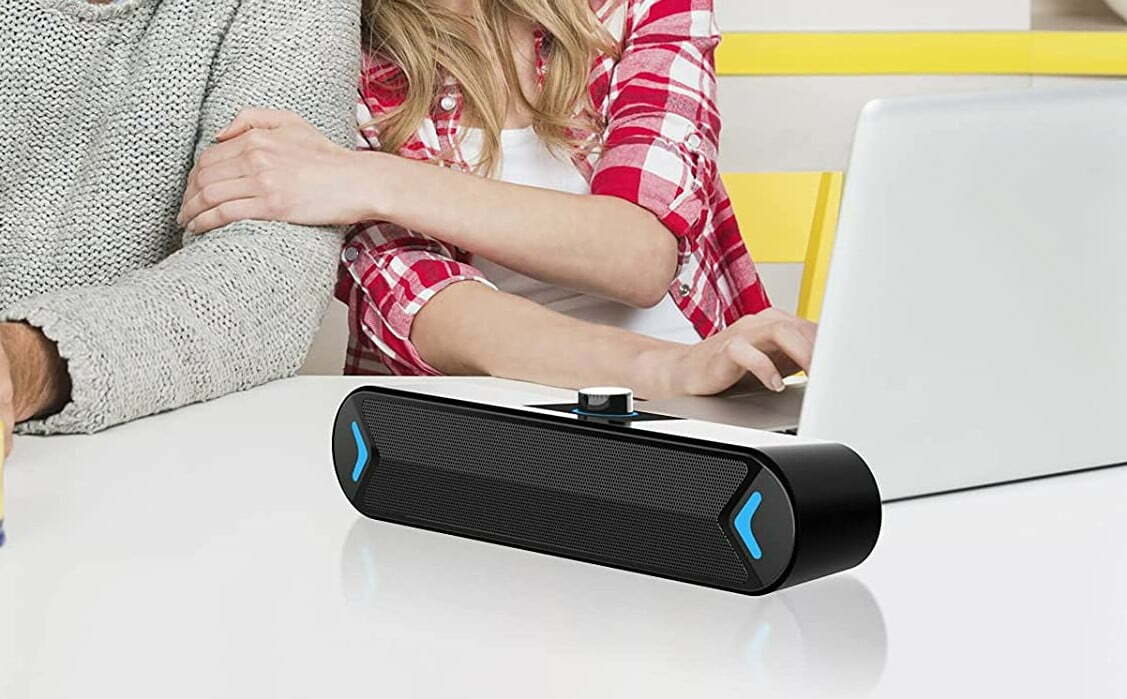
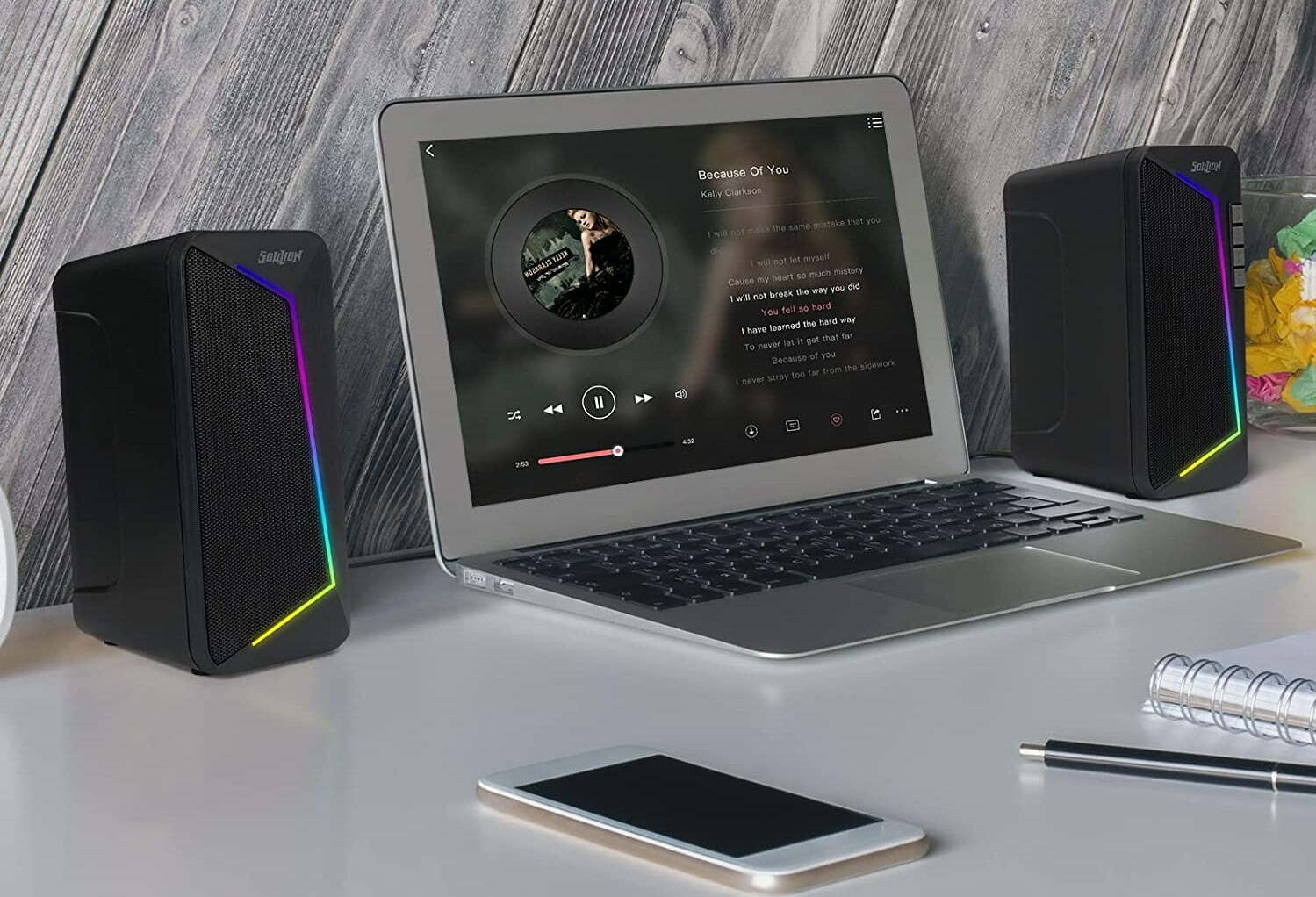
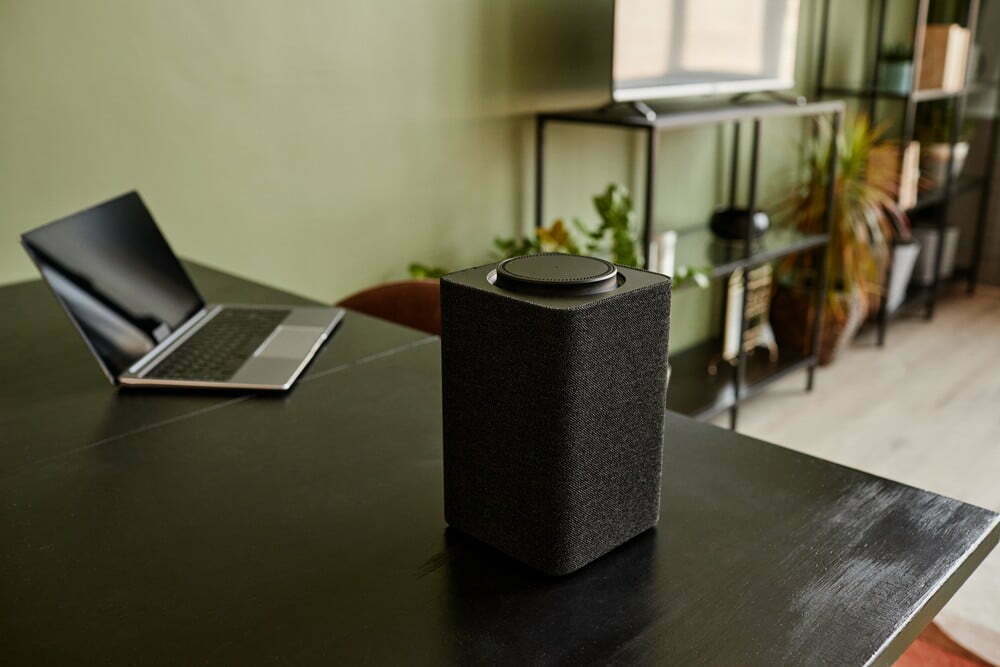

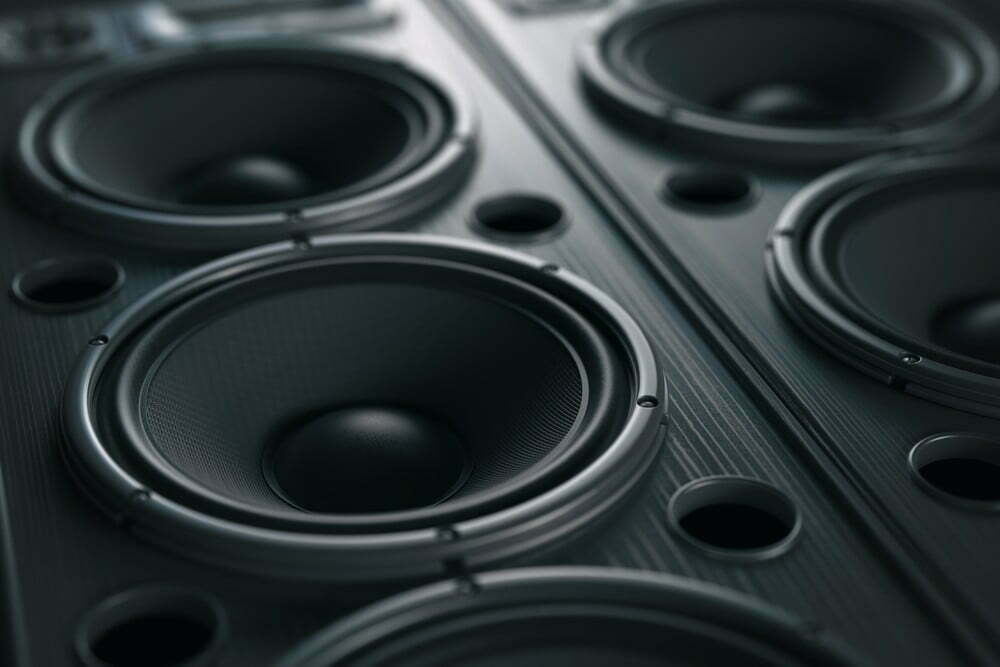
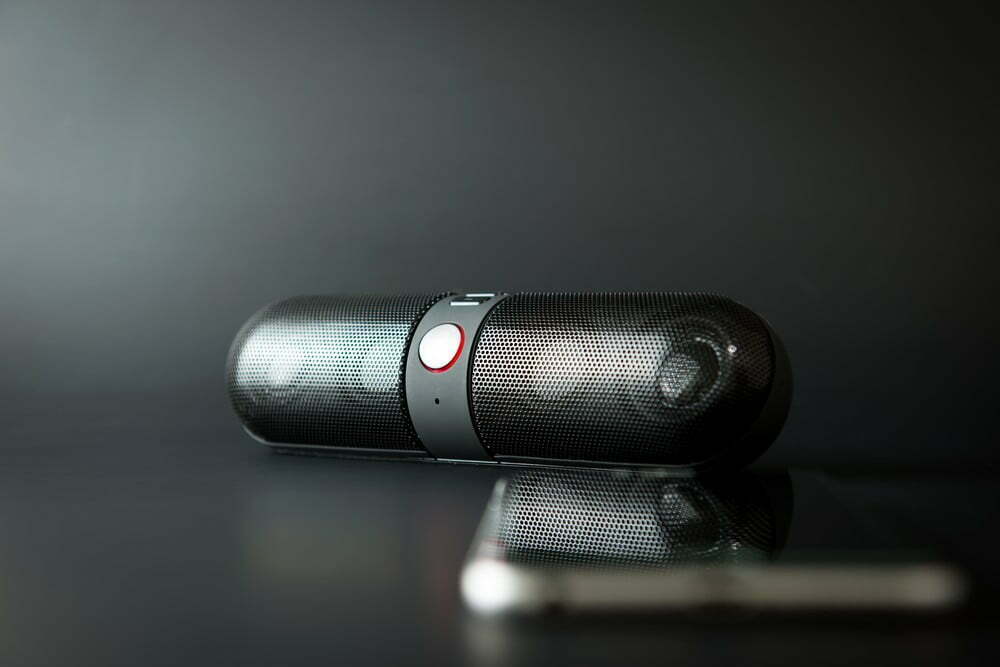
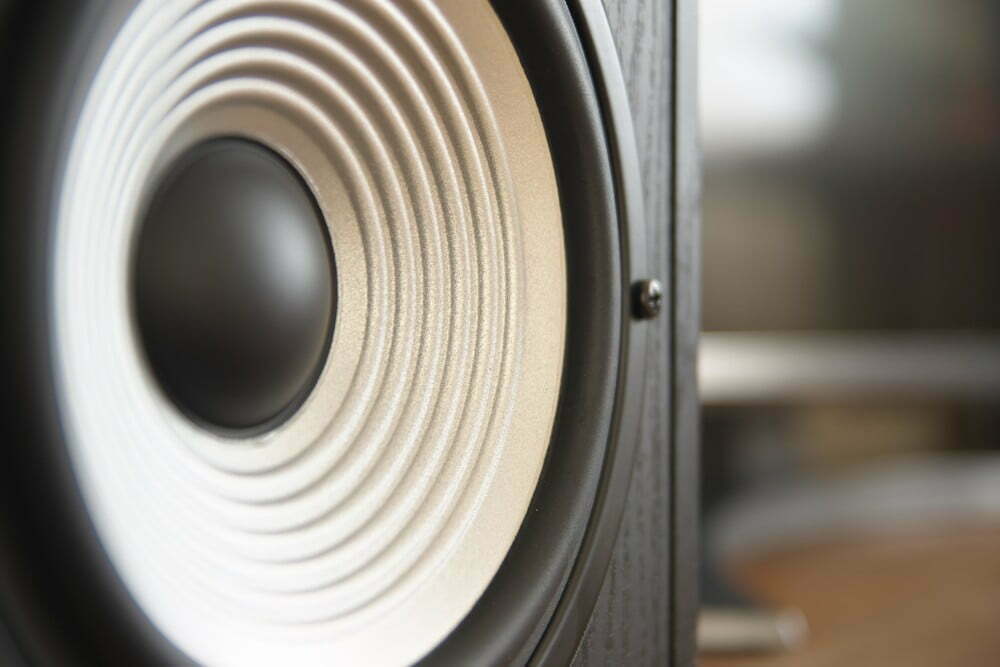
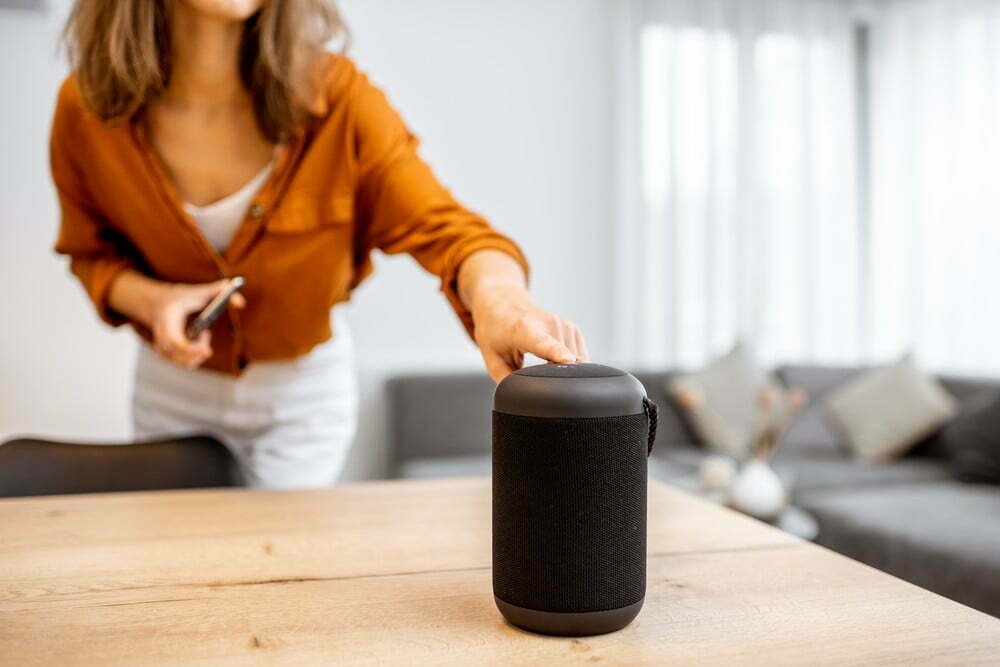
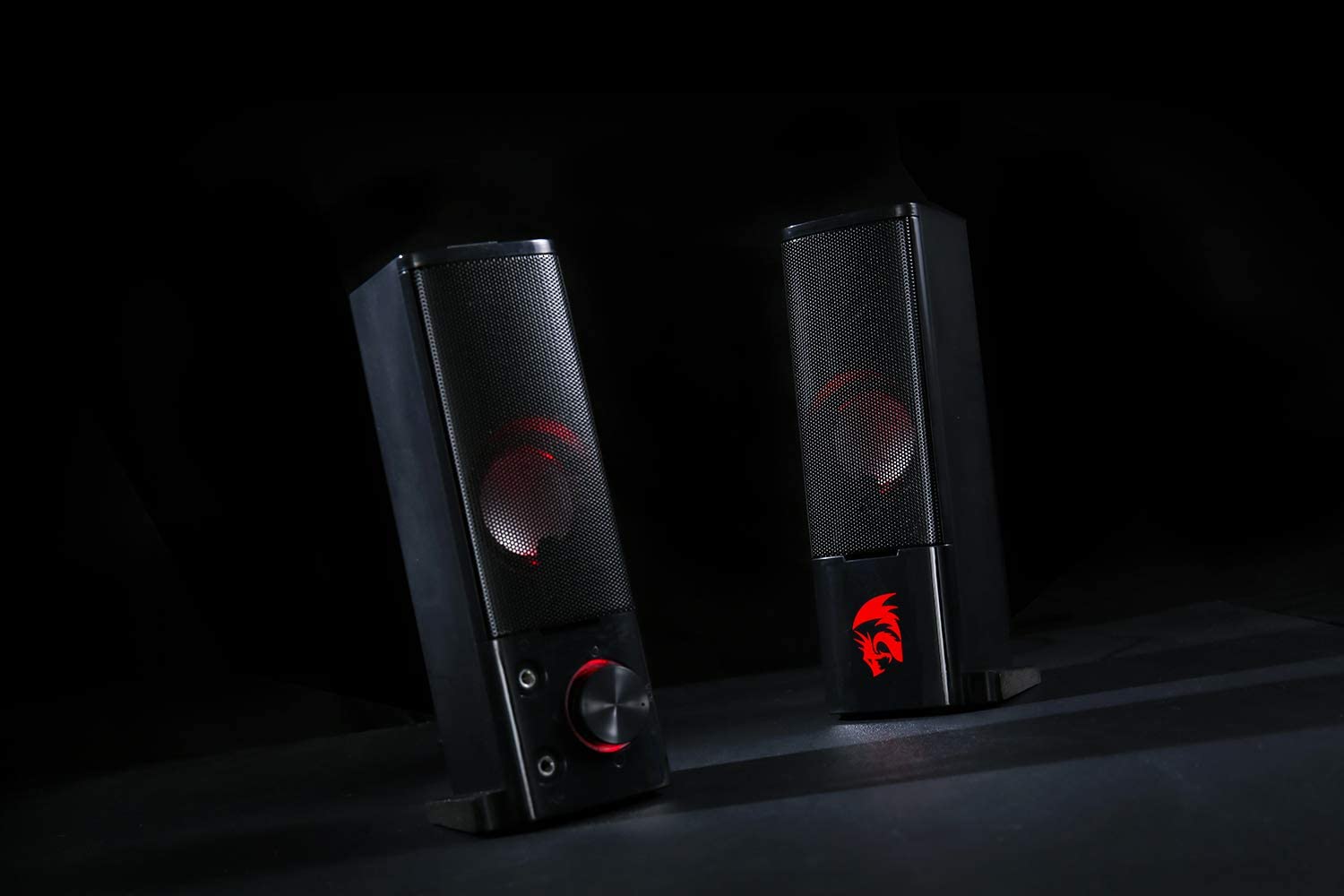
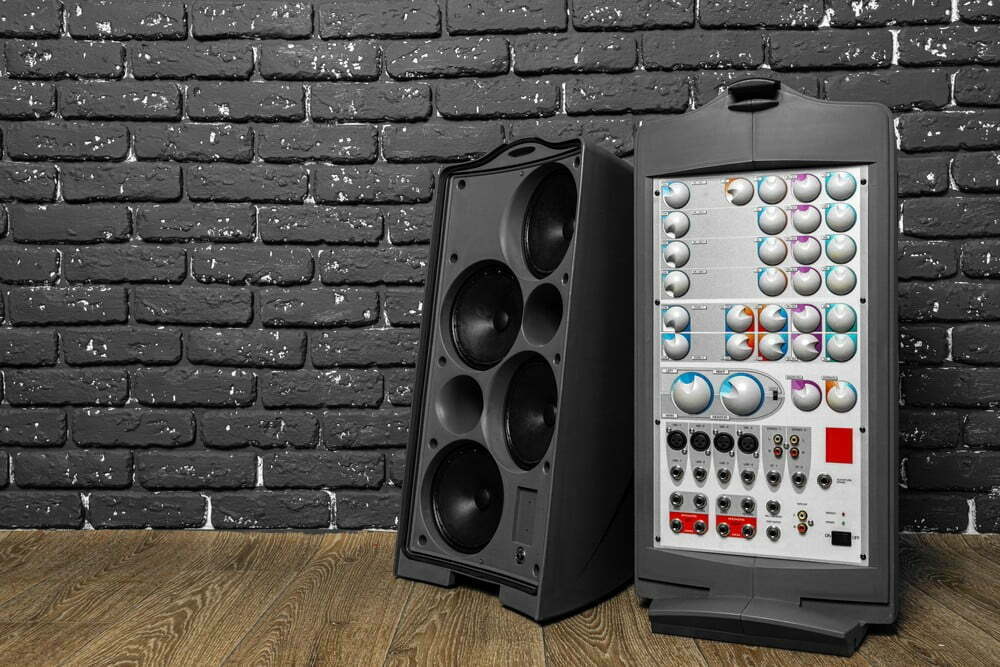
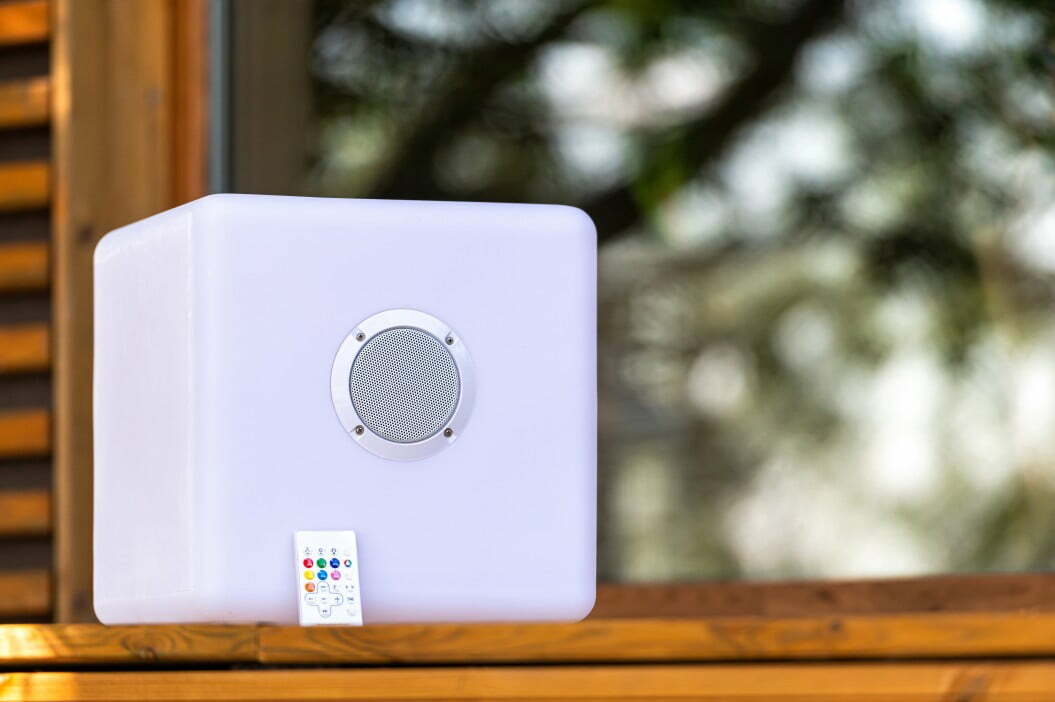
![Best Powered Speakers in [year] 27 Best Powered Speakers in 2026](https://www.gadgetreview.dev/wp-content/uploads/best-powered-speakers-image.jpg)
![Best Stereo Speakers in [year] 28 Best Stereo Speakers in 2026](https://www.gadgetreview.dev/wp-content/uploads/best-stereo-speakers-image.jpg)
![Best SoundBar in [year] ([month] Reviews) 29 Best SoundBar in 2026 (January Reviews)](https://www.gadgetreview.dev/wp-content/uploads/best-soundbar-image.jpg)
![Best Subwoofers in [year] ([month] Reviews) 30 Best Subwoofers in 2026 (January Reviews)](https://www.gadgetreview.dev/wp-content/uploads/best-subwoofer-image.jpg)
![Best TableTop Radio in [year] ([month] Reviews) 31 Best TableTop Radio in 2026 (January Reviews)](https://www.gadgetreview.dev/wp-content/uploads/best-tabletop-radios-image.jpg)
![Best 8 Inch Subwoofers in [year] 32 Best 8 Inch Subwoofers in 2026](https://www.gadgetreview.dev/wp-content/uploads/best-8-inch-subwoofer-image.jpg)
![Best Surround Sound Systems in [year] 33 Best Surround Sound Systems in 2026](https://www.gadgetreview.dev/wp-content/uploads/best-surround-sound-system-image.jpg)
![Best Laptop Speakers in [year] 34 Best Laptop Speakers in 2026](https://www.gadgetreview.dev/wp-content/uploads/best-laptop-speakers-image.jpg)
![Best Wireless Surround Sound Speakers in [year] 35 Best Wireless Surround Sound Speakers in 2026](https://www.gadgetreview.dev/wp-content/uploads/best-wireless-surround-sound-image.jpg)
![Best Bose Speakers in [year] 36 Best Bose Speakers in 2026](https://www.gadgetreview.dev/wp-content/uploads/best-bose-speakers-image.jpg)
![Best Home Stereo Systems in [year] 37 Best Home Stereo Systems in 2026](https://www.gadgetreview.dev/wp-content/uploads/best-home-stereo-system-image.jpg)
![Best WiFi Speakers in [year] 38 Best WiFi Speakers in 2026](https://www.gadgetreview.dev/wp-content/uploads/best-wifi-speakers-image.jpg)
![Best Wireless Home Theater Systems in [year] 39 Best Wireless Home Theater Systems in 2026](https://www.gadgetreview.dev/wp-content/uploads/best-wireless-home-theater-system-image.jpg)
![Best Party Speakers in [year] 40 Best Party Speakers in 2026](https://www.gadgetreview.dev/wp-content/uploads/best-party-speakers-image.jpg)
![Loudest Bluetooth Speakers in [year] 41 Loudest Bluetooth Speakers in 2026](https://www.gadgetreview.dev/wp-content/uploads/loudest-bluetooth-speaker-image.jpg)
![Best Car Speakers for Bass in [year] 42 Best Car Speakers for Bass in 2026](https://www.gadgetreview.dev/wp-content/uploads/best-car-speakers-for-bass-image.jpg)
![Best Marine Speakers in [year] 43 Best Marine Speakers in 2026](https://www.gadgetreview.dev/wp-content/uploads/best-marine-speakers-image.jpg)
![Best JBL Speakers in [year] 44 Best JBL Speakers in 2026](https://www.gadgetreview.dev/wp-content/uploads/best-jbl-speakers-image.jpg)
![Best Home Theater Speakers in [year] 45 Best Home Theater Speakers in 2026](https://www.gadgetreview.dev/wp-content/uploads/best-home-theater-speakers-image.jpg)
![Best Waterproof Speakers in [year] 46 Best Waterproof Speakers in 2026](https://www.gadgetreview.dev/wp-content/uploads/best-waterproof-speaker-image.jpg)





